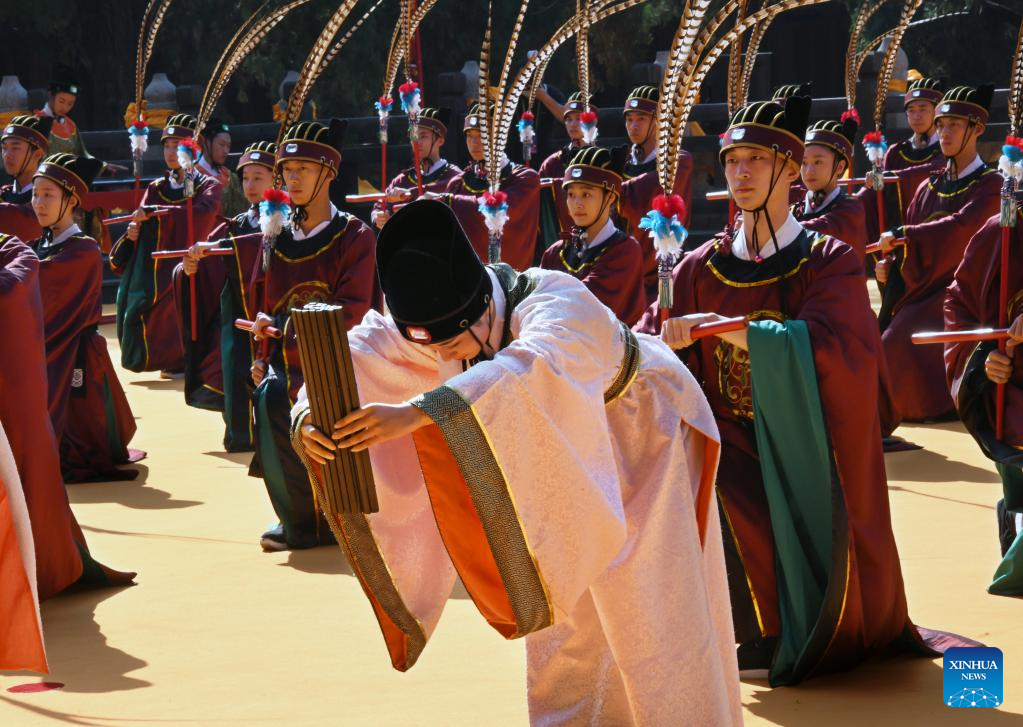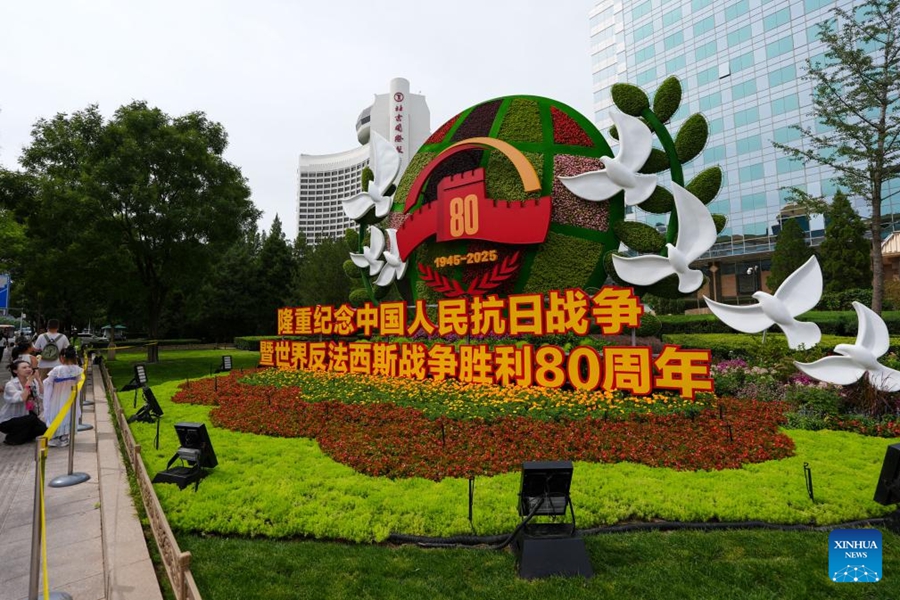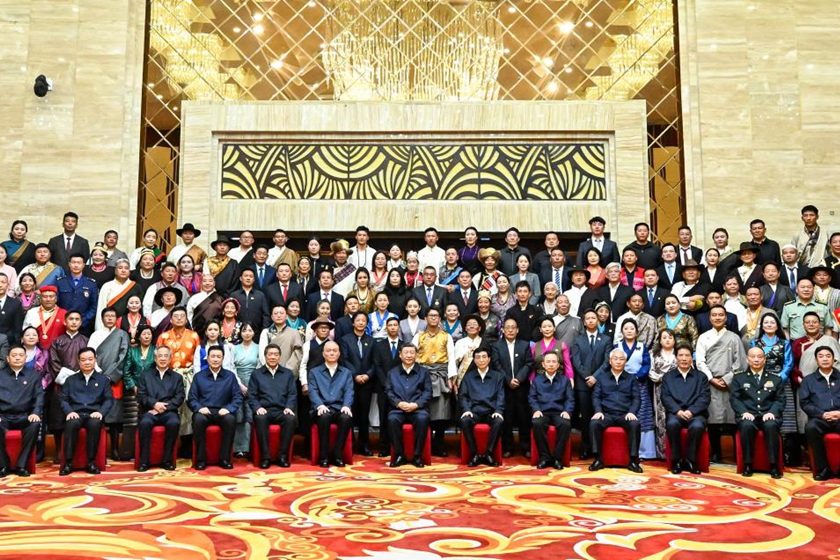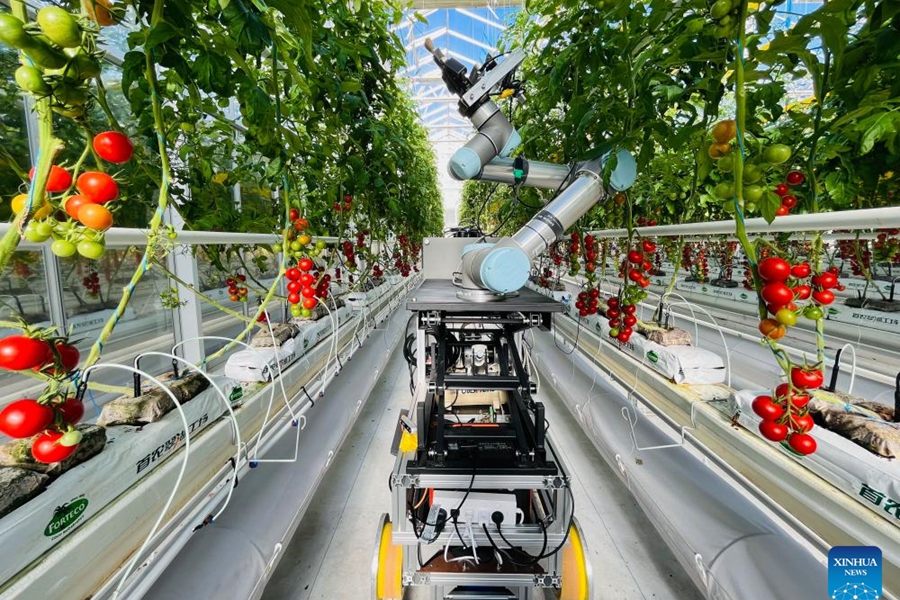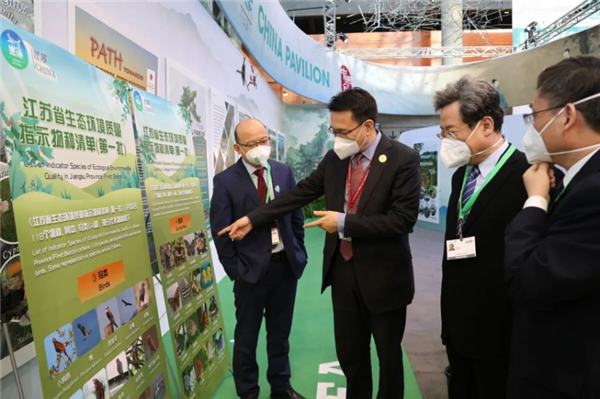
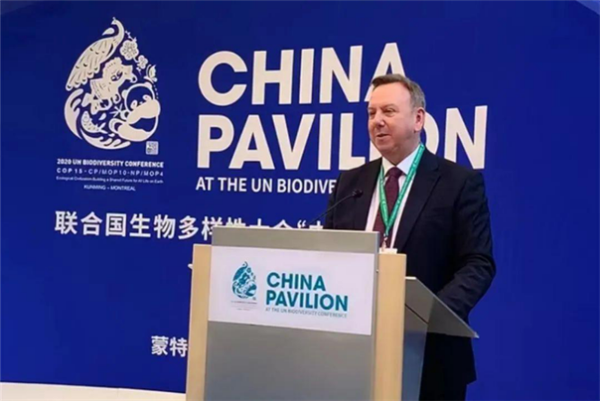
(Photo provided to Xinhua Daily)
Jiangsu Province highlighted its achievements in biodiversity conservation at the China Pavilion at the second part of the 15th meeting of the Conference of the Parties to the Convention on Biological Diversity (COP15) in Montreal, Canada, December 13.
Jiangsu is a land of abundance nourished by water, from the Yangtze River to great lakes and the sea. With one of the densest water networks in China, the province has its 16.9% of the land area covered by water, the highest in the country. This rich water source has also contributed to a rich diversity of species.
Wang Tianqi, director of the province's Department of Ecology and Environment, said Jiangsu achieved the best ecological and environmental quality in 2021 since monitoring began. Compared with ten years ago, PM2.5 concentration dropped by 54.8%, the percentage of days with good air quality increased by 22.1 percentage points, and the share of surface water with a good quality rating at grade III or above was up 43.7 percentage points.
The province recorded 6,903 animal and plant species including the Yangtze finless porpoise, oriental white stork and Chinese luehdorfia, while the public satisfaction rate with the environment has continued to rise, according to Wang.
As an economic powerhouse, Jiangsu accounts for 1.1% of the country's land area, but contributes to more than 10% of the total GDP in China. The province has a large population, limited resources and a smaller environmental capacity.
To protect the environment and ensure a green growth, the province became the first in China to release plan on control management of space with ecological significance, which covers 22.49% of the province's land area. Jiangsu has also established 31 nature reserves at all levels. Some 61.9% of natural wetlands in Jiangsu have now been placed under protection, compared with just 25.9% a decade ago. Jiangsu is home to wetlands totaling more than 3 million hectares.
Jiangsu has also introduced a negative list to guide ecological protection and restoration and announced the first red list of threatened species and a list of indicator species that can help tell the state of the environment.
In addition, Jiangsu has piloted the construction of ecological islands along the Yangtze River, the Grand Canal, coastal wetlands and other areas. It plans to build about 20 such pilot sites in four years.
The province has also established and improved an ecological compensation system, allocating tens of billions of yuan for environmental protection and ecological restoration since 2013.




